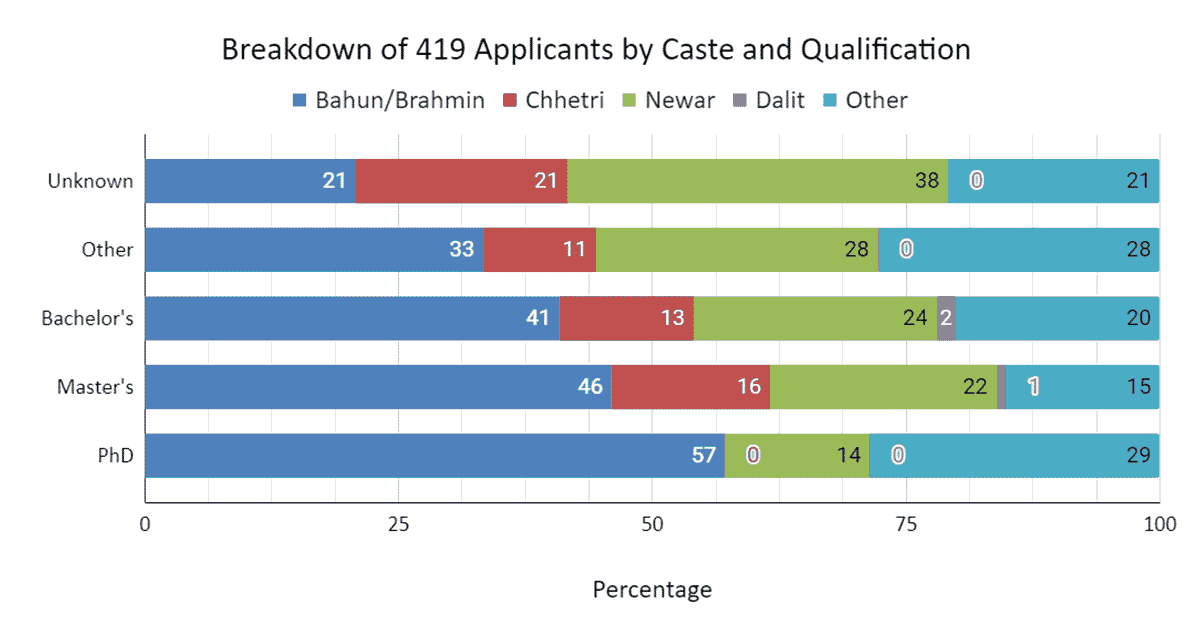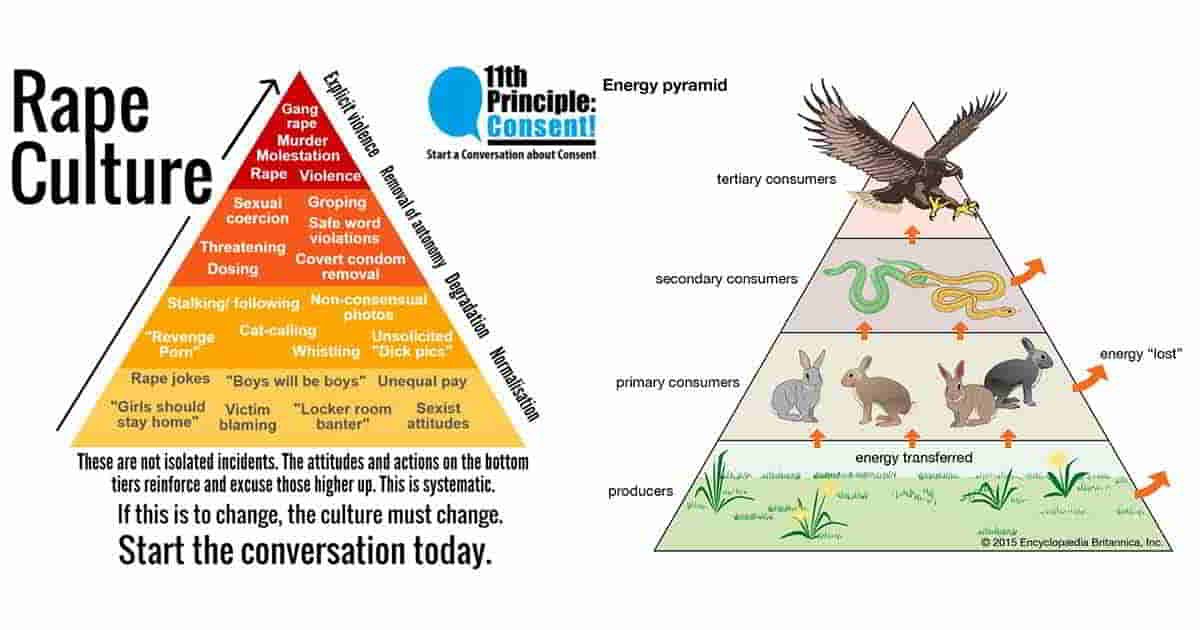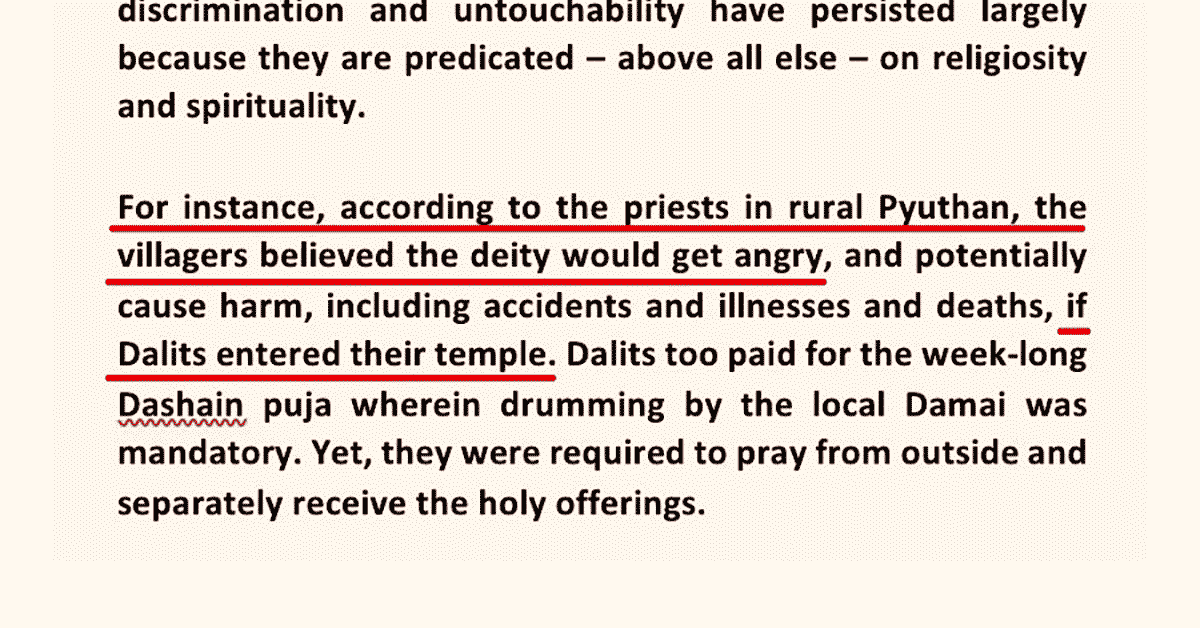ONE Reason Nepali Media is So Atrocious Could be This: The Federation of Nepalese Journalists is Of, For, and By Khas-arya Men
Nepali media is atrocious. Far from it being the fourth pillar of democracy, it panders to the those who are responsible for making the country a failed State. And that's only ONE of the many issues with them.
There's a very good reason for that. No different from those that make up the other three pillars of democracy and pretty much every other structure of any import, Nepali media is of, for, and by Khas-arya men. And that conclusion is based on data.






